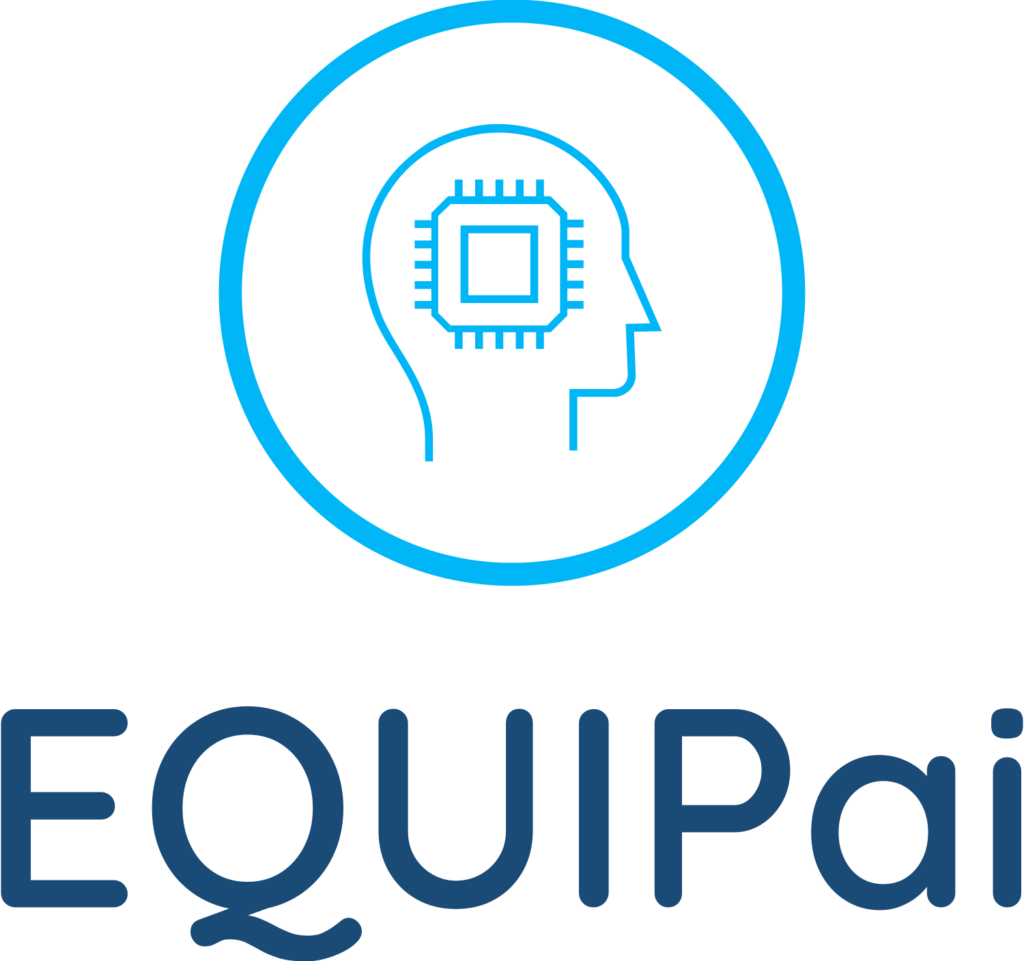Addressing challenges in predictive maintenance
Predictive maintenance holds great promise for improving operational efficiency and reducing costs, but several challenges need addressing to unlock its full potential. Here’s a look at the key issues and potential solutions:
- Data Collection & Analysis
Problem: Predictive maintenance relies heavily on high-quality data, yet businesses often struggle to extract valuable insights from vast data sets. Machines typically generate log data with warnings and error codes, but this quantitative data is limited. Even with data from various sensors, integrating it can be problematic as it is often dispersed and not easily combined.
- Predictive Models or Deep Learning Models
Problem: The effectiveness of predictive analytics models is directly linked to the completeness and accuracy of the data. Flaws in the data can lead to inaccurate models. Additionally, traditional analytical algorithms may not be as efficient or adaptable as machine learning (ML) models. Many deep learning methods, while powerful, can be overly complex and energy-intensive for PdM applications.
- SCADA Systems
Problem: SCADA (Supervisory Control and Data Acquisition) systems often do not operate as intended or as specified by the manufacturer. Many SCADA systems are used to collect data, create visualizations, and trigger alerts, but they require significant human input for configuration. Additionally, predicting sensor readings in specific time windows can be challenging, making real-time data interpretation difficult for human operators.
By addressing these challenges with targeted solutions, businesses can enhance the effectiveness of their predictive maintenance strategies, ultimately leading to greater operational efficiency and cost savings.
